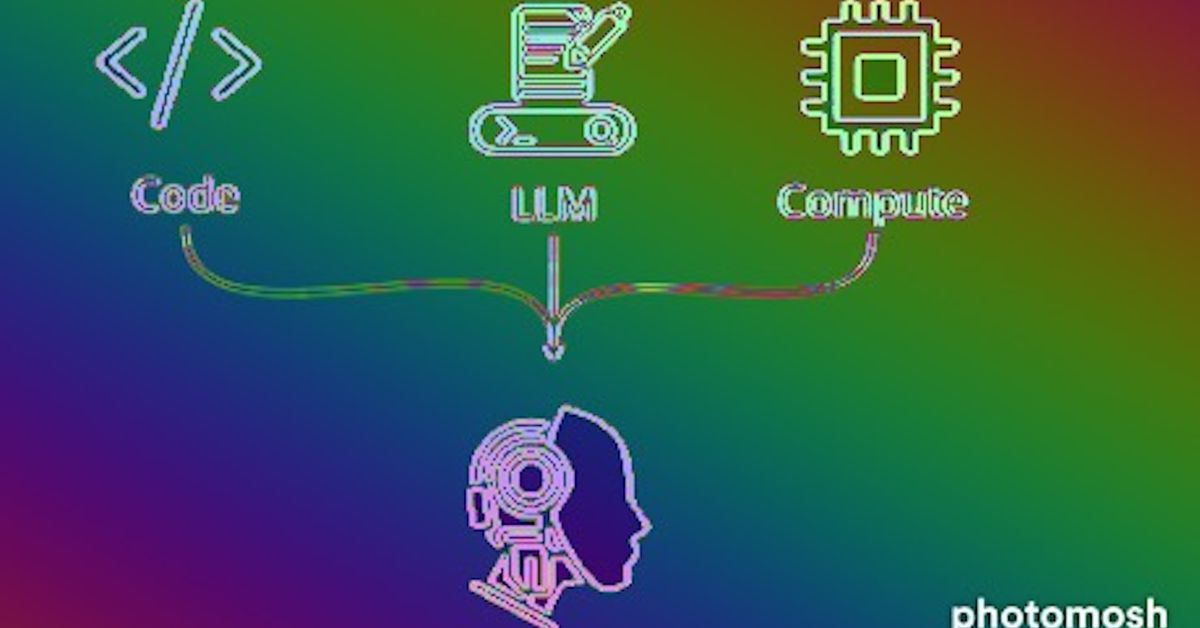The IOST blockchain ecosystem is one of the crypto industry’s more established initiatives. The project, which uses a novel consensus methodology called Proof-of-Believability (PoB), provides a speedier and less expensive development environment than Ethereum, the leading decentralized finance (DeFi) network. Furthermore, the IOST coin or IOST token is used as a critical component in the IOST crypto ecosystem. The project offers a blockchain development environment that is scalable, interoperable, dependable, and secure. As a result, the platform supports a diverse set of applications, such as crypto launchpads and NFT markets.
What is IOST?
IOSToken (i.e., IOST) is developing a proprietary blockchain called the Internet of Services (IOS) that is geared at scalability and high-throughput smart contract processing. The team intends to create and implement the infrastructure layer for large-scale decentralized applications (DApps) that require high throughput processing. IOST is also working on new services, such as decentralized storage and a developer feedback system. Ethereum, NEO, Stellar, and Zilliqa are examples of similar projects with which IOST intends to compete.
IOST employs a novel consensus technique called proof-of-believability (PoB) and a sharding approach called efficient distributed sharding to enable speedier processing (EDS). The IOST Foundation announced the formation of Theseus, a dedicated DApp research and development team, as well as Bluehill, a $50 million accelerator, in May 2018.
IOST: roots and history
IOST is an “ultra-fast,” “fully-fledged,” and “decentralized” blockchain platform and ecosystem, complete with its own nodes, wallets, and a consensus algorithm named “proof-of-believability.”
Jimmy Zhong, Terrence Wang, Justin Li, Ray Xiao, Sa Wang, and Kevin Tan initiated the project in January 2018.
Zhong has also launched additional digital companies in the United States and China. He sold his first startup, a marketplace where students could swap class notes, for $40 million while still an undergraduate. He returned to Beijing after that and co-founded IOST, among other things.
Wang’s past work experience includes working as a software developer for Uber. He graduated from the University of Minnesota with a bachelor’s degree in computer science. He went to Princeton University for his master’s degree in computer science.
Li formerly worked at Goldman Sachs as an investment banking associate and at Mobike as a data scientist. He acquired a bachelor’s degree in computer science and applied mathematics. Tan was a co-founder of Ethercap at the time, and he graduated from Tsinghua University with a degree in computer science.
Dora, an AI firm is focusing on intelligent kiosks, was co-founded by Xiao, Jimmy, and Sa. At university, he majored in computer science and quantitative economics.
How does IOST work?
IOST is based on Hyperledger Fabric and is well ahead of other platforms in terms of integration and evolution.
To achieve this goal, IOST has developed commercial solutions to assist traditional enterprises in adopting or transitioning to blockchain technology.
Tokens serve as the cornerstone for IOST’s service-oriented blockchain. These may be traded on a variety of cryptocurrency trading platforms such as Bitunivex.
At the moment, the platform can manage up to 8,000 transactions per second without jeopardizing security. The ecosystem includes around 400 nodes, and the network is decentralized.
Because it employs the widely popular Javascript programming language, IOST is developer-friendly. The creators’ goal is to promote decentralized alternatives to major apps like Facebook, Amazon, and digital asset exchanges that we now use.
The IOST BaaS platform is built on six main blockchain technologies: multi-cloud support, multi-chain support, authorization management, smart contracts, privacy, and consensus mechanism.
Why choose IOST?
IOST’s blockchain technology is open-source, secure, and scalable, with the goal of one day serving as the backbone for internet services.
To guarantee that transactions on the network are safe and efficient, the researchers devised a “proof-of-believability” consensus mechanism.
One of the most pressing issues that IOST seeks to address is how large corporations may be unable to adopt blockchains in a customer-facing environment unless they are scalable. The Internet of Services Token is proposed as a solution to this issue.
The simplest approach to comprehend IOST is to compare it to its closest competitors: Ethereum is the most widely used smart contract platform for developers. It’s also comparable to EOS and TRON, which are both extremely scalable smart contract systems with widespread use.
The biggest distinction between IOST and its competitors is that it promises to be able to perform 100,000 transactions per second, compared to 20 for Ethereum, 2,000 for Tron, and 4,000 for EOS.
To achieve these transaction speeds, the IOST team developed a new blockchain architecture that incorporates and integrates a Distributed Randomness Protocol, Efficient Distributed Sharding, TransEpoch, Atomix, Proof-of-Believability, and Micro State Blocks.






